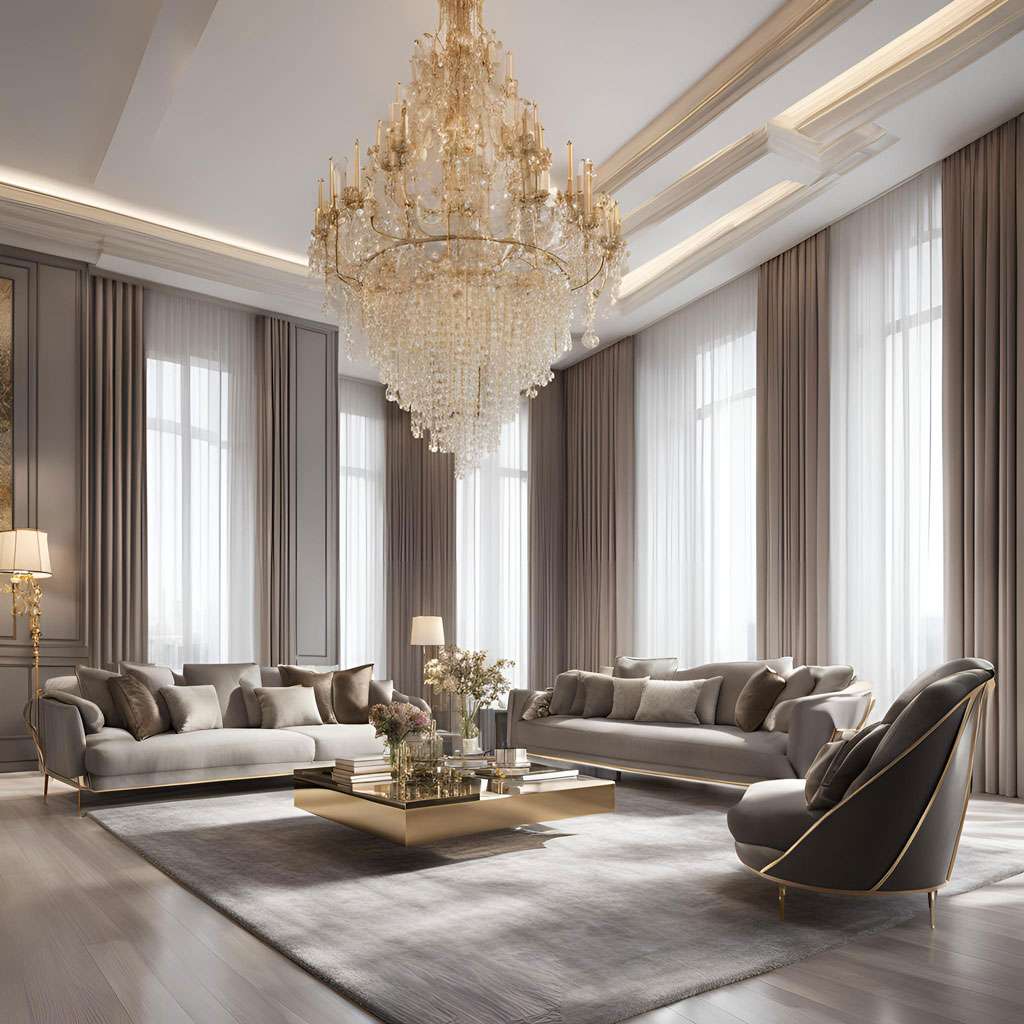How does 3d rendering work?
3D rendering is the intricate process of generating a two-dimensional image from a three-dimensional model through the use of computer software. This technique is fundamental in various fields, including architecture, CGI (computer-generated imagery) for films, video games, virtual reality (VR), and design visualizations. At Luxe3D.co.uk, we utilize advanced 3D rendering techniques to create high-quality, realistic visuals that meet our clients’ needs. Here’s a detailed breakdown of how 3D rendering works:

1. Model Creation:
The process begins with the creation of a 3D model, which serves as the digital foundation for the rendering. This model is a three-dimensional representation of an object, scene, or environment, designed using specialized 3D modeling software. The model can be as simple as a basic geometric shape or as complex as an intricate architectural structure or detailed character.
- 3D Design: During this phase, the structure, dimensions, and spatial relationships of the model are defined. This includes adding details such as textures, materials, and other features.
- Software Tools: Popular 3D modeling tools include Blender, Autodesk 3ds Max, and SketchUp, which provide the necessary functionalities to create and manipulate 3D models.
2. Texturing and Material Definition:
Once the 3D model is created, texturing is applied to give it a realistic appearance. Texturing involves mapping images, patterns, and surface details onto the model’s surfaces. Materials define how these textures interact with light.
- Textures: These are images or patterns applied to the model’s surfaces. Textures simulate various properties like color, roughness, and detail. For example, applying a wood texture to a 3D model of a table to make it appear like real wood.
- Materials: Materials are defined to control how surfaces react to light. This includes properties such as glossiness, transparency, and reflection. Different materials can simulate a wide range of surfaces, from shiny metals to matte fabrics.
3. Lighting Setup:
Lighting is crucial for creating realistic 3D renders. The rendering engine simulates how light interacts with the model, affecting its appearance and the overall ambiance of the scene.
- Light Sources: Virtual light sources are placed within the 3D environment. These can include point lights, directional lights, spotlights, and ambient lights. Each light source has properties like intensity, color, and angle.
- Shadows and Reflections: Proper lighting setup includes creating shadows and reflections that mimic real-world conditions. This adds depth and realism to the render.
4. Camera Placement and Viewpoint:
A virtual camera is positioned within the 3D scene to capture the desired view. The camera’s settings, such as focal length, depth of field, and angle, determine how the scene is framed and what perspective is achieved.
- Camera Angles: The placement of the camera impacts how the scene is perceived. For instance, a wide-angle lens might be used for architectural visualizations to capture an entire room, while a close-up lens might be used for detailed product shots.
- Depth of Field: This setting controls the focus range of the camera, allowing for effects like background blur (bokeh) that enhance realism.
5. Rendering Process:
The core of 3D rendering is the rendering engine, which processes all the data from the model, textures, lighting, and camera settings to generate the final image.
- Ray Tracing and Rasterization: Two primary rendering techniques are ray tracing and rasterization. Ray tracing simulates how light rays interact with surfaces, producing highly realistic results. Rasterization is faster and used for real-time applications like video games.
- Rendering Passes: This involves multiple rendering passes to handle different aspects of the image, such as shadows, reflections, and lighting effects. These passes are then combined to create the final image.
6. Post-Processing:
After the initial render is completed, post-processing techniques are applied to enhance the image. This can include adjustments to color balance, contrast, brightness, and adding special effects.
- Editing Software: Tools like Adobe Photoshop or specialized rendering software allow for fine-tuning and adding final touches to the rendered image.
- Special Effects: Post-processing may also involve adding effects like lens flares, depth of field adjustments, or compositing elements to achieve the desired visual impact.
Applications of 3D Rendering:
3D rendering has diverse applications, each requiring different approaches and techniques:
- Architecture: For architectural visualizations, 3D rendering helps to showcase building designs, interiors, and exteriors, providing realistic previews of projects before construction begins.
- Video Games: In the gaming industry, 3D rendering creates immersive game worlds, characters, and environments, enhancing the overall gaming experience.
- Film and Television: CGI and 3D rendering are used to create visual effects, animated characters, and detailed environments for movies and TV shows.
- Virtual Reality: 3D rendering is essential for developing VR environments, providing users with interactive and immersive experiences.
- Design Visualization: Designers use 3D rendering to present products, spaces, or concepts to clients, allowing them to see realistic previews of the final outcome.
In summary, 3D rendering involves a comprehensive process that includes creating and detailing 3D models, applying textures and materials, setting up lighting and camera views, and using advanced rendering techniques to generate realistic images. At Luxe3D.co.uk, we leverage these techniques to produce high-quality 3D design, CGI, video walkthroughs, and virtual reality experiences that bring our clients’ visions to life.
